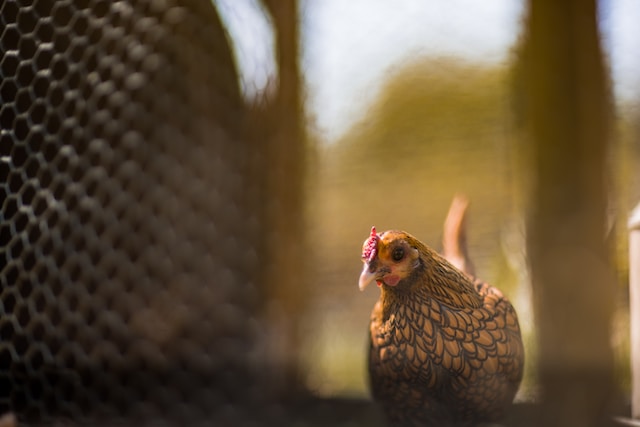Introduction: Hen’s egg production is not only a fundamental aspect of the poultry industry but also a significant contributor to the global food market. Understanding the economics of egg production is crucial for poultry farmers and industry stakeholders to make informed decisions and navigate the dynamic landscape of costs, profits, and market trends. In this article, we delve into the economics of hen’s egg production, exploring the key factors that influence profitability and the latest market trends shaping the industry.
- Initial Investment and Operating Costs: Embarking on a successful egg production venture requires a considerable initial investment. Costs include acquiring or constructing poultry housing, purchasing chicks or hens, procuring equipment and feed, and addressing regulatory requirements. Additionally, ongoing operating expenses such as labor, veterinary care, utilities, and feed constitute a significant portion of the overall costs.
- Feed Costs and Nutritional Efficiency: Feed costs represent one of the most substantial expenses in egg production. The availability and prices of feed ingredients, such as grains and protein sources, directly impact profitability. Maximizing nutritional efficiency is vital to optimizing feed utilization and minimizing costs. Working with poultry nutritionists and implementing efficient feeding programs can help achieve this goal.
- Economies of Scale: Larger egg production operations often benefit from economies of scale, leading to reduced costs per unit. Economies of scale can be realized through efficient production processes, bulk purchasing power, and streamlined distribution channels. Smaller-scale farmers may face challenges in competing with larger operations in terms of cost efficiency.
- Market Demand and Pricing: Market demand for eggs and consumer preferences significantly influence pricing and profitability. Factors such as population growth, dietary trends, and cultural preferences impact the overall demand for eggs. Understanding market dynamics, consumer behavior, and emerging trends can help farmers align their production and marketing strategies to meet demand and capture profitable market segments.
- Quality and Value-Added Products: Producing high-quality eggs can differentiate a farm in the market and command premium prices. Quality attributes such as size, color, shell integrity, and freshness are valued by consumers and can justify higher prices. Additionally, diversifying product offerings with value-added options like organic, free-range, or specialty eggs can tap into niche markets and potentially yield higher profit margins.
- Technological Innovations: Advancements in technology and automation have revolutionized egg production, enabling farmers to optimize efficiency and reduce costs. Innovative systems for feed delivery, egg collection, and environmental control can enhance productivity and reduce labor requirements. However, implementing these technologies requires careful cost-benefit analysis to ensure a positive return on investment.
- Sustainability and Animal Welfare: In recent years, sustainability and animal welfare considerations have gained prominence in the egg industry. Consumers are increasingly seeking ethically produced eggs from farms that prioritize animal welfare and implement sustainable practices. Adhering to these standards can enhance marketability and potentially command premium prices, aligning economic viability with societal expectations.
- Export Opportunities: The global egg market offers export opportunities for producers, depending on regional supply and demand dynamics. Understanding export regulations, market access requirements, and transportation logistics is crucial for farmers interested in exploring international trade. Entering export markets can provide new revenue streams and diversify a farm’s customer base.
Conclusion: The economics of hen’s egg production encompass various factors, from initial investment and operating costs to market demand, pricing, and technological advancements. By considering these factors, implementing efficient production practices, and staying attuned to market trends, poultry farmers can navigate the economic landscape, optimize profitability, and position themselves for long-term success in the dynamic world of egg production. The pursuit of economic viability must also align with sustainability and animal welfare considerations, as consumers increasingly value ethical and environmentally conscious practices.










